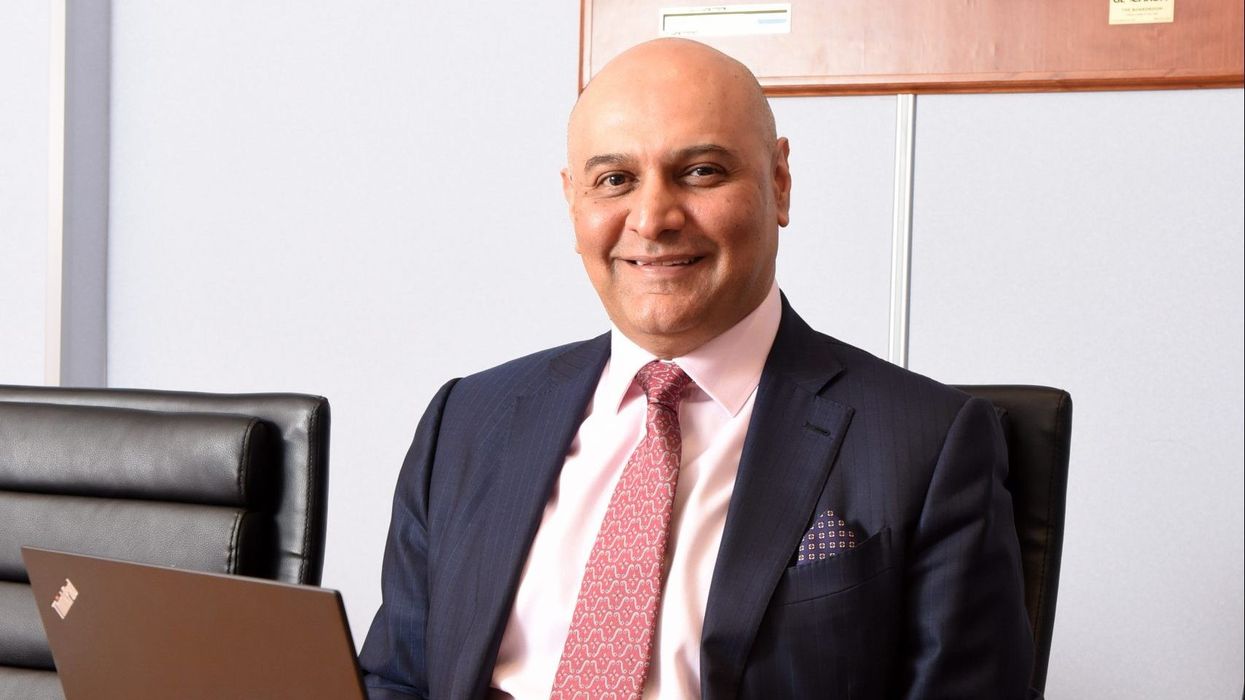By Sunder Katwala
Director, British FutureTHE new year is a time for resolutions – and a new decade is an opportunity to set our sights a little higher.
So this New Year’s day, I was one of many leaders from organisations and institutions spanning faith, culture, sport and civic society, who jointly signed an open letter resolving to make this decade, the 2020s, one of reconnection in our society.
The last few years have shed light on divisions in our cities, towns, and even our own families. We see divisions across social classes, faiths and ethnic groups that have been neglected for too long. But we should not let these divisions define us.
We may be more divided than we would like, but perhaps we are less divided than we’re told we are. The fractures in our society cannot be ignored and we must act to mend them, yet there is a danger too of a self-fulfilling prophecy – where we tell ourselves these divisions must define us. Nobody wants to live in a society where we become more distant from, perhaps even afraid of, our fellow citizens.
Instead, we need to do more to foster our sense of empathy with each other – and our sense, too, of the common ground that we share. When we do sit down with each other, we can usually find some common ground. Our letter asked every one of us to make an additional resolution this year to reconnect with others – reaching out to those we’ve lost contact with, or to neighbours with whom we’ve had no contact at all.
It could be a small gesture, like saying ‘hello’ to that person we see each day at the bus stop, yet have never spoken to. Others might resolve to volunteer some of their time to one of the thousands of fantastic community projects that are already helping to bring people from different backgrounds together. We can all do something: social connection is not the sole responsibility of one group, one side of a debate or the government – we can all do our bit and it needs to start with each one of us.
That does not mean, however, that we have to agree about everything. Disagreement is an important part of our democratic society – differences of opinion over party politics and the EU referendum are strongly held and, for many, unlikely to change. They can, though, be expressed with respect for the views of those with whom we do not see eye-to-eye. We can continue to disagree, but disagree better.
National leaders can help set the tone and find the policies to champion civic engagement. Yet the task of knitting a society together again is a challenge for us all. It’s about each of us asking what more we can each do to bridge society’s divides.
The idea of a decade of reconnection offers us all, across many different fields, the chance to reinforce our firmly-held belief that this is a society of decency and kindness. The signatories to the January 1 letter range from faith and community leaders to the heads of organisations like the Scouts and Guides, Rotary and the British Olympic Association; from the leaders of the Leave and Remain campaigns in the EU referendum to business and trade union leaders; from members of the Women’s Institute to the organiser of the Glastonbury Festival.
Together, we will be stepping up our efforts later this year to make this a decade of reconnection. We want to spark a wider conversation about social reconnection and what that means, with calls on government and institutions to step up and play their part. I would love to hear from organisations who feel that their work can make a contribution to this effort, both locally and nationally.
Change will need to come from all of us. The task of knitting a society together again is something to which each of us can make an important contribution– starting now.












New decade ‘should be one of people uniting to bridge divisions’: Sunder Katwala